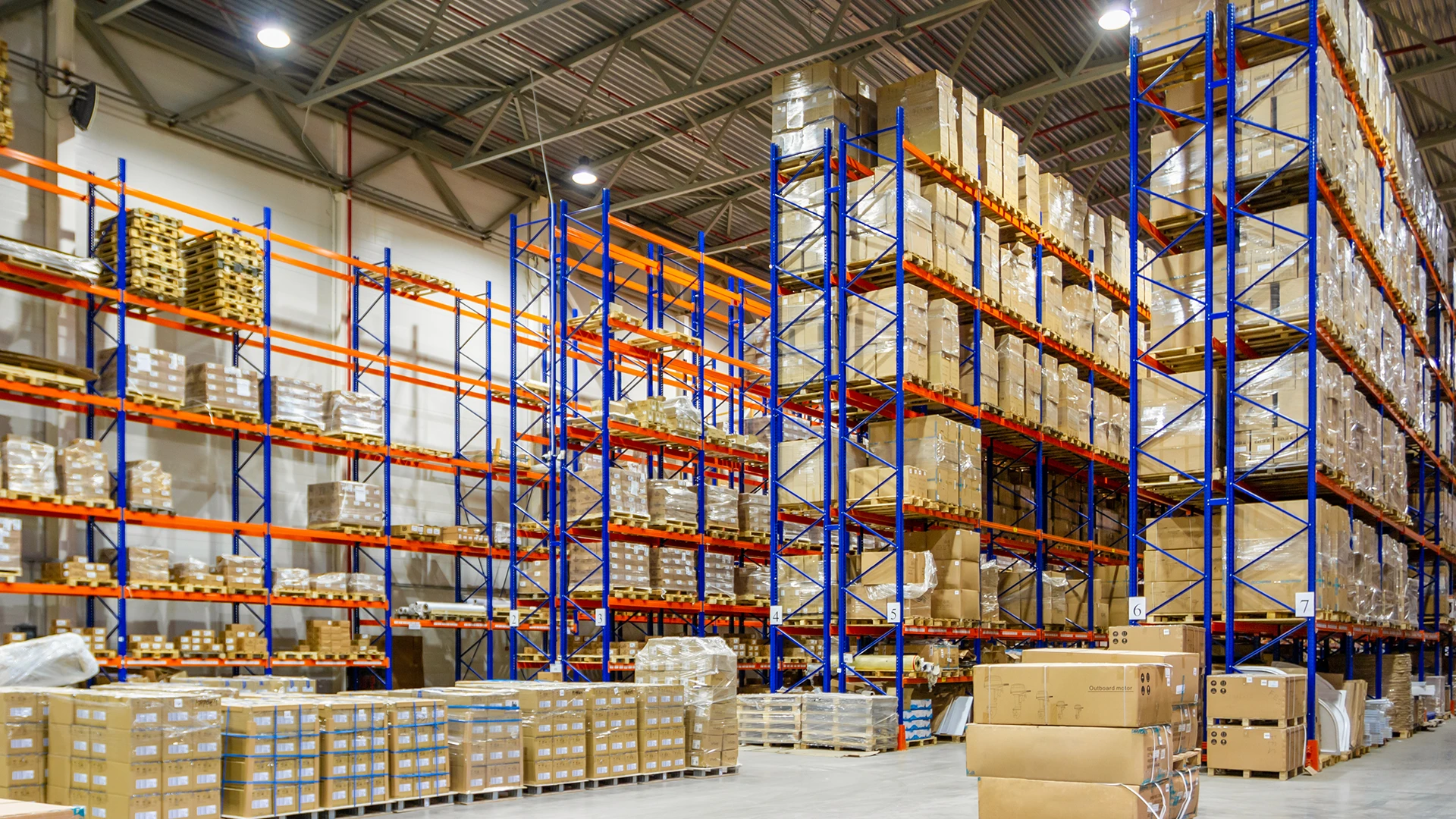The importance of compliance with fire regulations mustn’t be underestimated. However, fire safety requirements across industries and sectors can vary considerably and understanding fire safety regulations can get pretty complicated. With this in mind, we’ve put together a brief summary of fire regulations in three key areas: education, healthcare and business premises.
Whether you work in education, healthcare or a warehouse, be mindful of BS 5839-1 (latest revision) and ensure your fire alarm system is user-tested weekly and serviced by a competent contractor twice per year as part of your FRA-driven maintenance plan. One of the requirements is to have your fire alarm system maintained twice a year, get in touch with a member of our team to book a site visit. Speak to one of our experts.
Education
If you are responsible for fire safety on an educational site, you are advised to have:
Fire Representatives Although fire prevention is frequently given a relatively low priority in schools, it is a mistake to rely on insurance in the event of a fire – not to mention the impact of increased premiums at a time when most schools are facing financial cuts. One key necessity is to have one or two staff members designated fire responsibility. Enlist the support of the governing body to seek up-to-date advice from the local fire service.
Training Fire training in schools is a mandatory requirement. Make training sessions as effective as possible by practising fire evacuation procedures including precautions that will make fires less likely. As well as being a legal requirement, providing the right training in educational settings could save lives.
Property Risk Assessments A fire risk assessment is part of the remit of the Responsible Person. You should also think about if you are doing all that is necessary to reduce the likelihood of fires a fire occurring in the first place or mitigating the effects if one should occur. It may be worth contacting the fire brigade to see if they would be willing to conduct an extra fire risk assessment or a fire consultant who specialises in these types of services.
Guidance to hand. Download Fire Compliance — A Quick Guide (PDF) for a concise, sector snapshot across Education, Healthcare, and Commercial premises, and use it alongside your site’s Fire Risk Assessment. For schools specifically, refer to Building Bulletin 100 (BB100) when planning design and evacuation strategy. If you’re unsure how best to proceed, speak with an Iris VBS assessor for sector-specific advice.
Healthcare and Care Homes
The government guide to Fire Regulations recognises that the healthcare sector is an area at increased risk of the consequences of fire due to the high number of extremely vulnerable people that are likely to be on the premises. Hot meals are frequently prepared on site increasing the risk of kitchen-related fires.
Common causes of fire in the healthcare sector
The London Fire Service states that most fires start in the kitchens in the healthcare sector and provides statistics about the causes of fires in residential care homes. 45 percent are caused by cooking and cookers; 15 percent by kitchen appliances, while 12 percent are smoking-related. Planning and practising escape strategies are particularly important in care homes.
Use our Fire Compliance — A Quick Guide (PDF) as a quick cross-check, then align your cause-and-effect and evacuation strategy with your FRA and local clinical risks.
Business Premises, Warehouses and Non-Domestic premises
Every work place is different so fire safety can seem a complex area to navigate. However, certain factors can be applied to all types of settings.
An example of a condensed checklist that applies to all sectors includes:
- Regular service and maintenance – ensuring fire extinguishers are fully functional and alarms are regularly tested.
- Fire Risk Assessments – identifying risks and hazards and setting out a clear evacuation policy with a designated fire warden or responsible person is the key to compliance in all workplaces.
- Map of escape routes with safety points. This should be a key part of the fire safety policy and should be regularly reviewed. Seek advice from a fire safety consultant if you are unsure that everything is covered.
- Fire Detection Systems – choosing the right one is critical to ensure that your workplace is sufficiently protected.
- Ensure there are escape routes and fire doors and that they are all suitable with safety handles and proper labelling.
For a compact reference that complements your FRA, download the Fire Compliance — A Quick Guide (PDF) and use it during weekly checks and management walk-arounds.
Take a look at our fire solutions page if you would like to learn more about Fire Prevention and Suppression.


